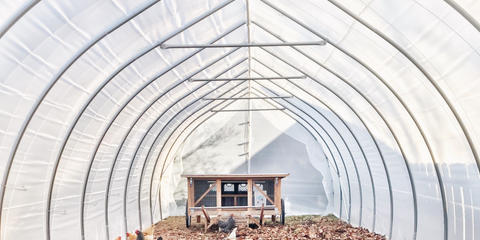
New York Purchase of Development Rights Program
Agricultural Stewardship Association
Closed October 31, 2022
In partnership with Washington and Rensselaer counties, ASA administers each County’s Purchase of Development Rights (PDR) Program to permanently protect working agricultural lands for current and future farming needs. ASA is a nonprofit land trust that works with selected farms to write grant proposals for submission to the New York State Department of Agriculture and Markets’ Farmland Protection Implementation Projects grant program. If awarded, ASA assists landowners with conserving their farm using a deed called a conservation easement.
This Purchase of Development Rights Program compensates owners of farmland who volunteer to extinguish most of the residential and commercial development rights on their land by placing it under an agricultural conservation easement. Depending on the funding option selected, the grant pays for a certain percentage of the total project costs including the value of the development rights and the project-related expenses (surveys, title work, appraisal, ASA staff and legal time, recording fees, etc.).
These conservation easements allow for agricultural uses and structures as well as permit woodland management and recreational activities (hunting, snowmobiling, etc.). The amount of compensation for the extinguished development rights is determined by a qualified appraisal and available funding. Landowners who rent their lands to a farm applying to the PDR Program can submit a proposal to be included in the application as part of that farm operation. To be considered for the program, your project must be part of at least one farm operation.
Eligibility
Farms must be in Washington or Rensselaer County.
Selection of pre-applications from eligible farms will be based on three primary factors as outlined by the state:
Agricultural viability – What proportion of the farm contains productive soils? Is a large percentage of the total farm acreage used for agricultural production? Is it a viable commercial operation? Does the farm demonstrate a high level of management? Do the owners have a succession plan in place? Is the farm located near any protected farm properties?
Evidence of significant development pressure – Is the farm near parcels that have been sold, or are for sale, for development or converted to other uses other than agriculture? Is there likelihood that the farm will be converted to non-farm uses in the near future?
Buffer for a significant natural public resource important ecosystem or habitat characteristics – Is the farm near or adjacent to a natural public resource i.e., a river or tributaries, lake, reservoir, public park, state forest, nature preserve, important wetlands or aquifers, etc.? Is the resource listed as a priority in the NYS Open Conservation Plan? Does the farm incorporate any measures that support climate resiliency?
Secondary factors that are part of the state ranking:
Evidence of Local Support - Does the Town actively promote and encourage agriculture and the use of conservation easements? Does it have a town Farmland Protection Plan or a Comprehensive Plan that supports farmland conservation? Is the project or project area listed as a priority in the plan? Has the Town adopted a Right to Farm ordinance?
Cost Effectiveness of Project – Is the project cost effective given the cost-per acre for estimated value of development rights? Is it cost effective in consideration of the percentage of total project costs contributed by non-State sources?
Terms
The Process
Interested landowners complete and submit the pre-application form to ASA. ASA works with a selection committee made up of ASA staff and board members and members of the county Agricultural and Farmland Protection Board to discuss and rank proposals. By spring a few of the farms will be selected to submit applications to the state. ASA will work with the selected farms to write them. The applications require letters of support from the town and the county Agricultural and Farmland Protection Board, and a letter from the landowner(s) explaining why they want to participate in the program. If the state selects the proposal for funding, ASA will work with the landowner through the grant process and hold the easement. Once notified of the award, the state process can take one to two years to complete, depending on the complexity of the project, title issues, existing surveys and the responsiveness of all parties involved. The more information a landowner can provide ASA up front, the faster the process will be.
Costs
There is no cost to submit a pre-application and, if selected, there is no cost to the farmer for ASA’s participation in writing the grant application. The project’s transaction costs vary from about $40,000 to $65,000 per project, based on the size and complexity of the project, with $50,000-$55,000 being an average amount for transaction costs in recent applications. These costs are paid from the grant award. Depending on the funding option selected, landowners will likely have to donate a portion of the value of their development rights to meet the grant match requirement. There may be tax benefits associated with the project, including a property tax rebate. If awarded, the landowner will have to cover their own legal expenses and, if seeking a charitable deduction, their own appraisal cost. ASA strongly recommends obtaining professional advice from qualified financial and legal advisors on aspects of conservation easements
Application Instructions
If you would like to apply to this program, complete and submit the pre-application (below) by October 31, 2022. An electronic version of the pre-application can be found on ASA’s website here.
If your pre-application is not selected this year, you are welcome to resubmit next round or contact ASA about other conservation options. For more information, contact ASA’s office at (518) 692-7285 or attend a future workshop on the program.
Related Programs
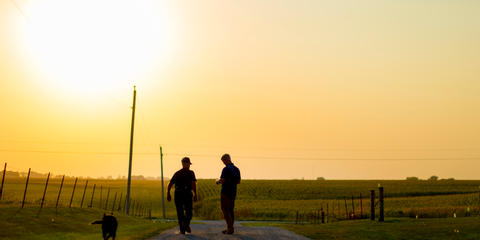
Direct Farm Operating Loan
Farm Service Agency
- Loan
- General
- Equipment
- Animal Purchase
- Diversification
- Marketing
- Processing
- Feed
- Seed
- Fertilizer
- Cash Rent
- Housing
- Construction
- Infrastructure
- Repairs
- Pest Management
- Storage
- Legal & Finance
- Water Management
- Waterway Protection
- Water Quality
- Conservation
- Training
- Immigrants
- CSA
- Refinancing
- Reduced Tillage
- National
- Any
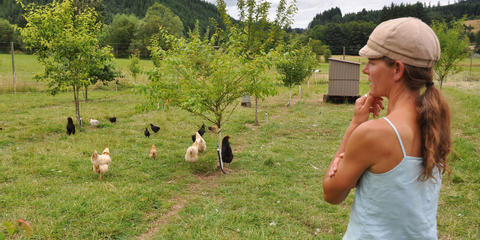
Environmental Quality Incentives Program (EQIP)
Natural Resources Conservation Service
- Grant
- Cost Share
- Conservation
- Cover Crops
- Forest Management
- Certified Grassfed
- Irrigation
- High Tunnel
- Certified Organic
- Air Quality
- Alternative Energy
- Soil Health
- Wildlife & Pollinator Habitat
- Water Quality
- Weather
- Research
- Landscape
- Precision Ag
- Drought
- Nutrient Management
- Carbon Capture
- Fencing
- Agroforestry
- Grazing Management
- Reduced Inputs
- National
- Any
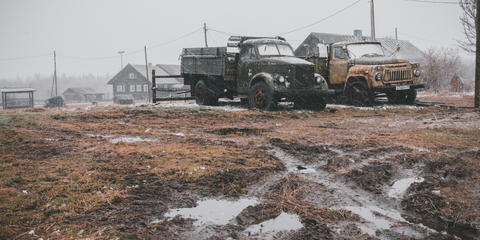
Inflation Reduction Act Assistance for Distressed Borrowers
Farm Service Agency
- Grant
- Discount
- Socially Disadvantaged
- Disaster Relief
- National
- Any
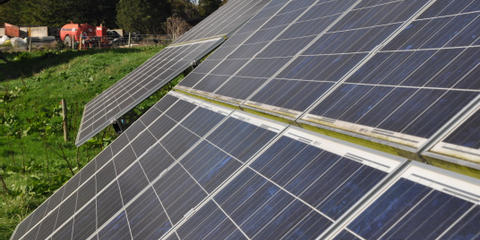
Rural Energy for America Program (REAP)
Rural Development · Due Sep 30
- Grant
- Cost Share
- Loan
- Alternative Energy
- Biofuel
- Equipment
- Infrastructure
- Conservation
- Solar Power
- Wind Energy
- Hydro Power
- HVAC
- Lighting
- Irrigation
- National
- Any
Details
Deadline
October 31, 2022
Organization
Financial Instrument
Grant
Updated October 22, 2022
Image Credit: Sophie Mikat
This information was gathered from public sources. Ambrook is not responsible for or able to affect the results of any financial programs listed, nor are they responsible for any incorrect information that is listed or is on the hyperlinked external sites. All information is subject to change.
Explore hundreds more programs on Ambrook.